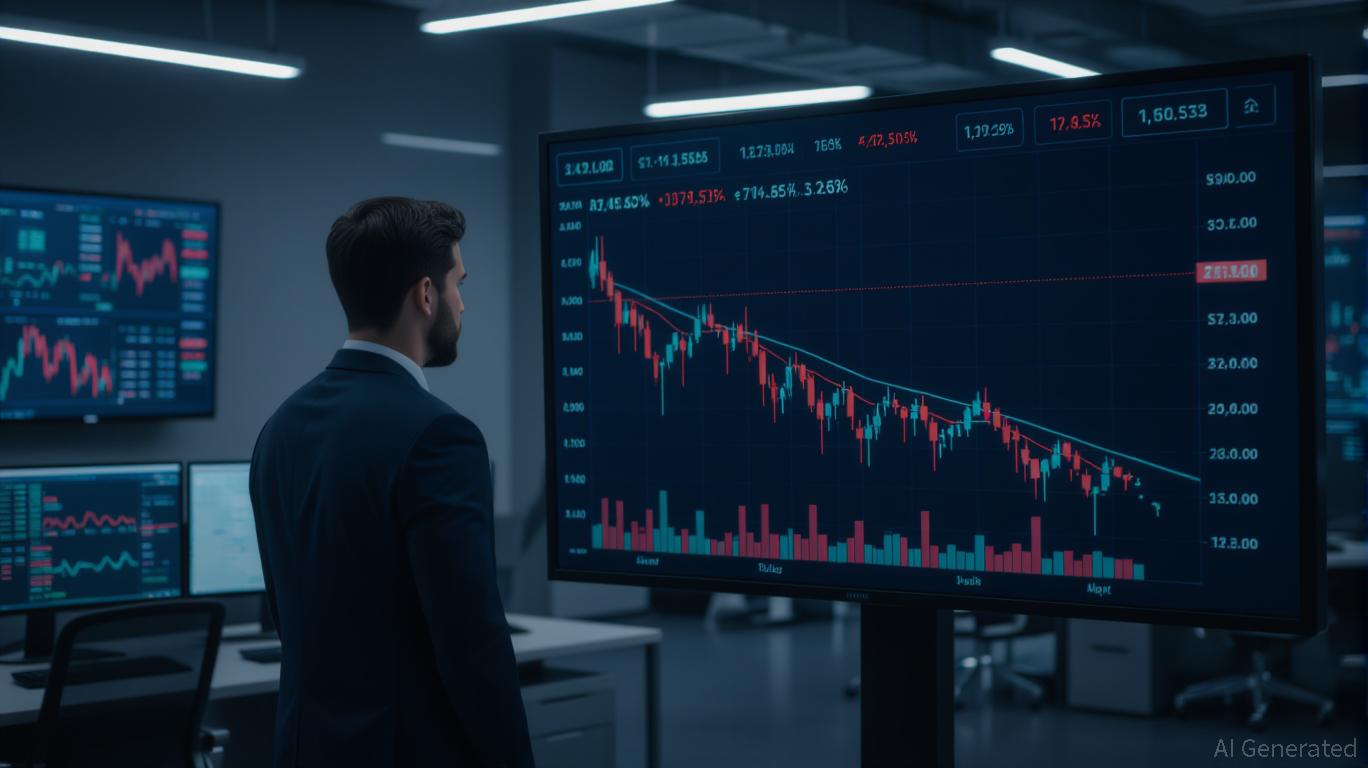Hyperliquid News Today: Hyperliquid's BLP and HIP-3 Indicate a Fundamental Change in DeFi Structure
Hyperliquid, a decentralized exchange (DEX) known for its high throughput and built on its own Layer 1 blockchain, is reportedly piloting a native lending platform called BLP (BorrowLendingProtocol) on the Hypercore testnet. According to analyst MLM, this experimental feature enables users to borrow, lend, and withdraw assets, initially supporting

The platform’s ecosystem is also advancing rapidly with HIP-3, a proposal that turns Hyperliquid into a permissionless protocol for launching new markets. Under HIP-3, any user can create perpetual markets by staking HYPE, the platform’s native token, according to a
RedStone’s HyperStone
These changes have major implications for token economics. HIP-3’s staking requirements reduce HYPE’s circulating supply, which could drive scarcity and price growth. Market creators earn a share of trading fees, aligning their interests with platform expansion, while RedStone’s
The BLP and HIP-3 projects underscore Hyperliquid’s goal to reshape decentralized derivatives. While BLP’s lending protocol is still in its early stages, HIP-3’s open market model and RedStone’s oracle integration mark a significant evolution in DeFi infrastructure. The next few months will reveal whether these advancements can drive sustained growth or encounter obstacles from operational risks and increased competition.
Disclaimer: The content of this article solely reflects the author's opinion and does not represent the platform in any capacity. This article is not intended to serve as a reference for making investment decisions.
You may also like
Why the Latest 50% Decline in SOL Price Presents a Prime Chance to Reenter
- Solana's 50% price drop reflects broader market pressures but highlights structural strengths like institutional adoption and DeFi innovation. - Robust on-chain metrics show $29B DEX volume and $10.3B TVL, outperforming Ethereum despite stablecoin depegging challenges. - U.S. Solana ETFs attracted $200M+ inflows, signaling institutional confidence in long-term value despite crypto market volatility. - Bullish social sentiment and Solana 2.0 upgrades position it to weather "altcoin winter," creating asymm

Bitcoin Leverage Liquidations Spike in November 2025: Systemic Threats and Institutional Portfolio Adjustment Approaches
- November 2025 Bitcoin price drops triggered $1.27B long-position liquidations and $250M short-position collapses, exposing crypto derivatives market fragility. - Regulatory shifts (CFTC's leveraged spot trading plans) and U.S.-China tensions amplified volatility, forcing traders to reposition amid opaque risk management. - DeFi protocols like Euler and Balancer faced $1.3B+ liquidations, while institutions adopted advanced hedging via derivatives and AI-driven rebalancing strategies. - Experts warn of sy

Bitcoin Price Outlook for November 2025: Global Portfolios Transformed by Macroeconomic Changes and Growing Institutional Involvement
- Bitcoin surged 8% in Q3 2025 to $114,600 amid Fed rate cuts and geopolitical tensions, solidifying its role as a digital safe-haven asset. - Institutional adoption accelerated, with $9.6B in Ether ETF inflows and JPMorgan boosting Bitcoin holdings via BlackRock's trust. - Corporate reserves reached record levels (e.g., MicroStrategy's $70B BTC), while altcoin ETF applications signaled maturing crypto markets. - Bitcoin's portfolio role evolved from speculative exposure to strategic allocation, outperform

YFI Falls 37.57% Over the Year Despite 6% Surge in the Past Month
- YFI fell 0.34% in 24 hours to $5011, contrasting a 11.85% weekly gain and 6% monthly rise amid a 37.57% annual decline. - Recent volatility reflects broader market swings and investor sentiment, highlighting YFI's sensitivity to short-term shifts. - Technical indicators show mixed signals, with narrowing moving averages and RSI in mid-range, indicating a consolidating market. - A backtesting strategy examines historical YFI performance after 37.57% annual declines to assess post-drop recovery patterns.